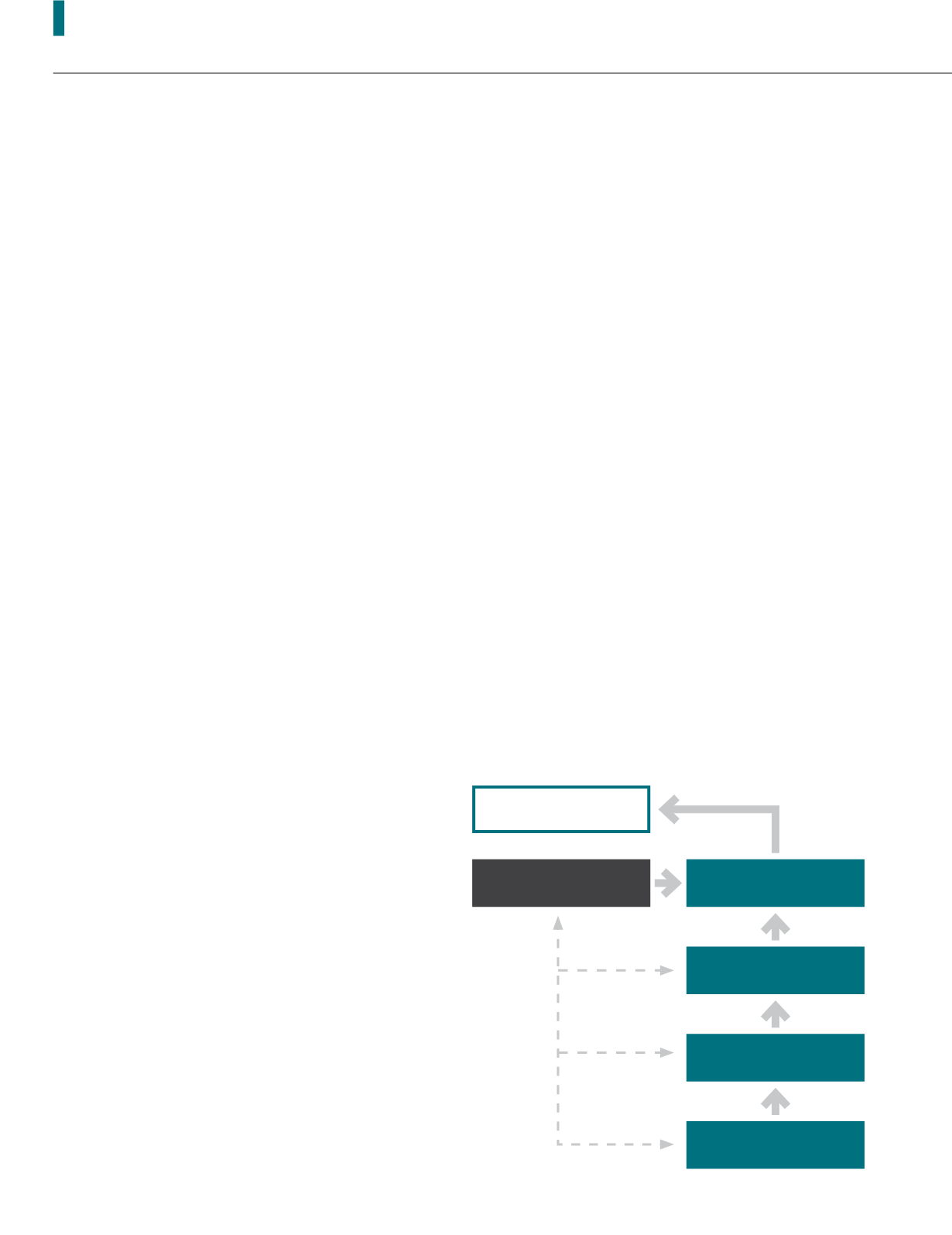

8 4
Corporate GovernanCe
(c)
Issued internal audit reports to the management on risk
management and internal control issues identified from
the risk-based audits together with recommendations
for improvements for these processes.
(d)
Reported on a quarterly basis to the Audit Committee
on the significant risk management and internal control
issues from the Internal Audit Reports issued and the
results of follow-up of matters reported.
(e)
Reported on a quarterly basis to the Audit Committee
the achievement of the audit plan and status of
resources of the GIA function.
(f)
Conducted regular follow-up and monitoring on the
implementation of recommendations made by the GIA
function to ensure that appropriate corrective actions
are taken on a timely basis or within agreed timelines.
(g)
Reviewed the procedures relating to related party
transactions entered into by the Group to ensure that
the related party transactions have been conducted on
the Group’s normal commercial terms and are not to
the detriment of the Group’s minority shareholders.
(h)
Preparation of Audit Committee Report and Statement
on Risk Management and Internal Control for the
Company’s 2018 Annual Report.
As a means to objectively evaluate GIA service quality and
to ensure continuous conformance to the Professional
Practices Framework (“IPPF”) Standards issued by the
IIAM, a QAR has been conducted by a qualified external
independent reviewer from IIAM in March 2018. The results
of the review are collected, analysed and presented to the
Audit Committee together with the follow-up actions/actions
that have been taken by the GIA.
During the FYE2018, thirteen (13) Internal Audit Reports
were issued on various operating units of the Group
covering reviews on control environment, risk management,
revenue assurance, procurement, finance, human resource,
occupational safety and health and regulatory compliances
and operations.
The total costs incurred for maintaining GIA function for
the FYE2018 is RM417,000 (2017: RM377,000), comprising
personnel costs, establishment expenses, administration
and general expenses.
5.
ENTERPRISE RISK MANAGEMENT (“ERM”)
Risk management is regarded by the Board as an important
aspect of the Group’s diverse and growing operations with
the objective of maintaining a sound internal control system.
To this end, the Group has established the appropriate risk
management infrastructure to ensure that the Group’s assets
are well-protected and shareholders’ value enhanced.
The Audit Committee and the Board is supported by the
RMC. The RMC identifies and communicates to the Audit
Committee and the Board the present and potential critical
risks the Group faces, their changes and the management
action plans to manage these risks. The RMC convenes
meeting annually to review the key risk profiles and submit a
summary reporting to the Audit Committee.
The RMC is entrusted with the responsibility of implementing
and maintaining the ERM framework to achieve the following
objectives:
(a)
Communicate the vision, role, direction and priorities to
all employees and key stakeholders;
(b)
Identify, assess, treat, report and monitor significant
risks in an effective manner;
(c)
Enable systematic risk review and reporting on key
risks, existing control measures and any proposed
action plans; and
(d)
Create a risk-aware culture and building the necessary
knowledge for risk management at every level of
Management.
Board of directors
Audit committee
Risk management
Committee
Risk management unit
Risk management
function
Group Internal Audit
STATEMENT ON RISK MANAGEMENT AND INTERNAL CONTROL










